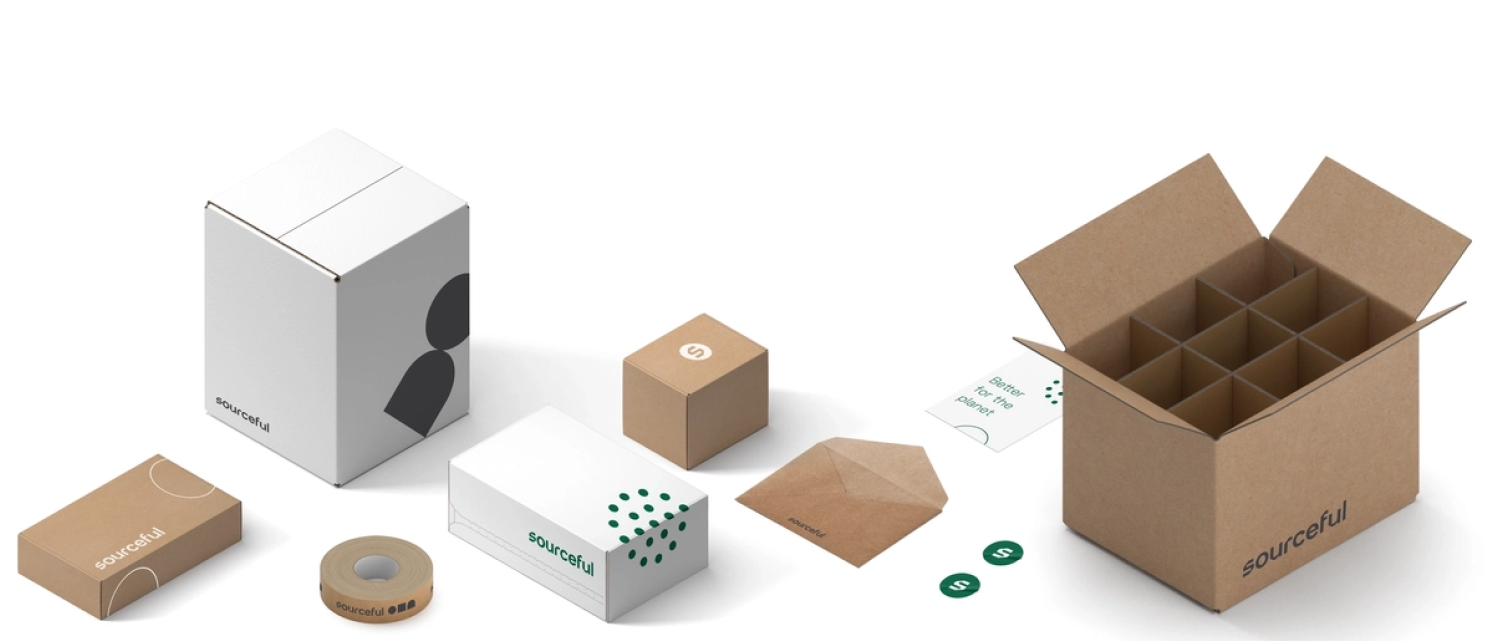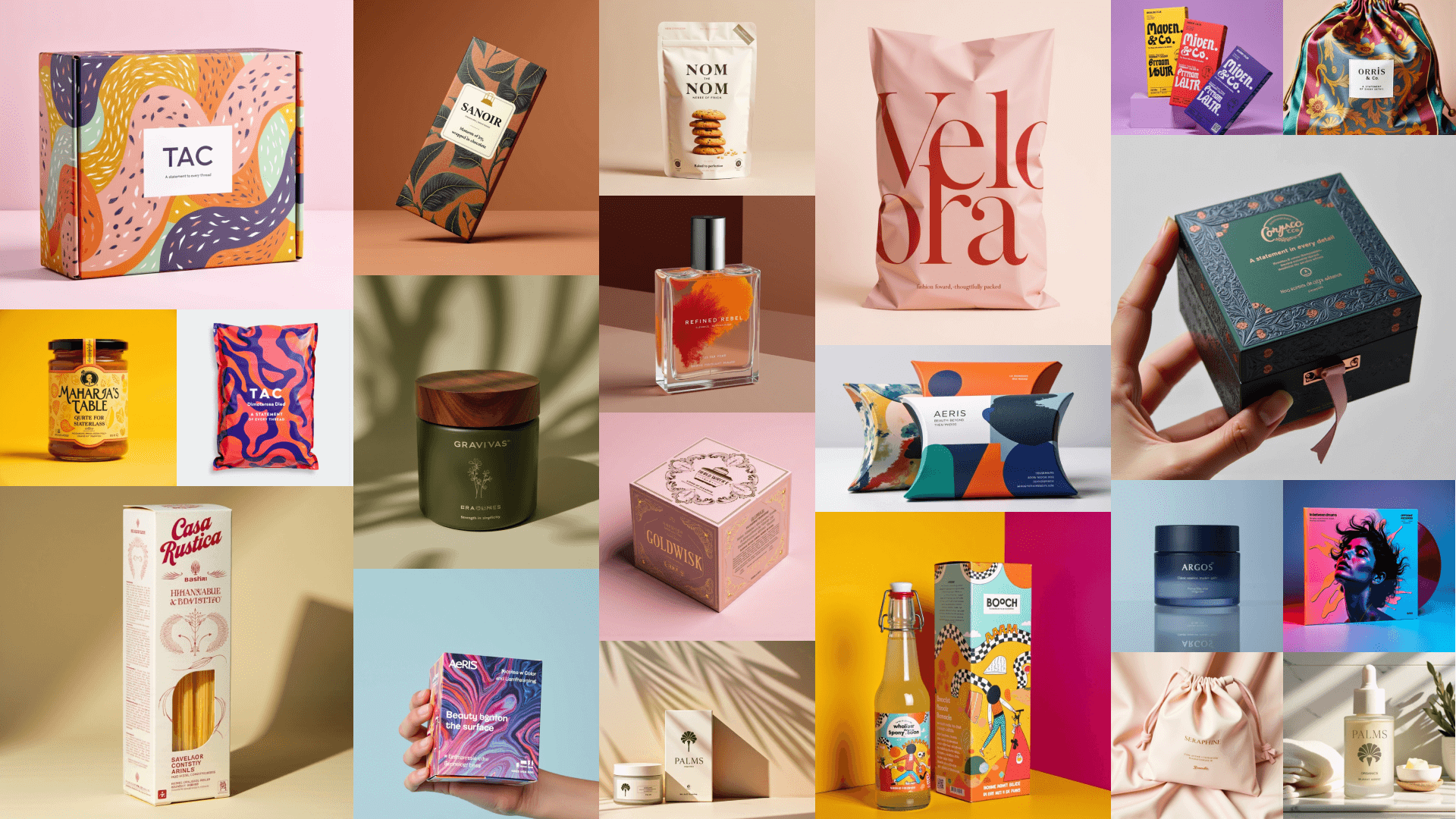The best protective packaging for your product

If there’s one job your packaging has to do, it’s to protect your product — which is why protective packaging is essential. Packaging has always had this job, but in today’s world, it’s more important than ever.
If you’re an e-commerce business, there’s an ever-increasing number of opportunities for your product to be damaged. In fact, according to DHL, e-commerce packaging is handled 20 times more than in traditional retail, with each touchpoint another chance for your product to be dropped, bumped, tossed or crushed. And if your product arrives damaged, customers are certain to return it, may tell others about it or might simply ask for a refund and take their dollars elsewhere. In short, poor packaging costs your business.
And even if you’re not an e-commerce business, poor packaging still leaves your product vulnerable, and with brand loyalty as fragile as it is, it doesn’t take much for customers to move on.
So, protective packaging is crucial, but where do you start? What’s the best protective packaging for your product? Well, to help you find the right match, here are four tried and tested products and strategies that will protect your product time and time again.
1. Double-walled cardboard boxes
Most cardboard boxes used for shipping products are single-walled, which means they’re made from a single layer of corrugated board. Within that corrugated board is fluting, which is the wavy layer of paper that’s sandwiched between two sheets of liner paper. It’s this fluting that makes corrugated cardboard boxes rigid and creates cushioning for your product. Single-walled cardboard boxes do offer some protection, especially in smaller sizes, but often won’t withstand the bumpier side of the supply chain.
Double-walled cardboard boxes, however, are made from two layers of corrugated board, and as a result, offer much more protection. We tested our own shipping boxes to quantify this leap and found that double-walled boxes can be up to 35% stronger than single-walled equivalents. If your product is fragile, or if it’s particularly large, this could make the difference between it arriving without a scratch and it arriving broken.

If you’re using cardboard boxes to ship your product then, double-walled boxes are one of the best types of protective packaging. That said, it’s important to bear in mind that as they use more material than single-walled boxes, the environmental impact of producing them is higher.
At the same time, it’s hard to definitively say that single-walled boxes are more sustainable. If single-walled boxes lead to more breakages, the emissions from the returns process can be colossal. To put this in context, transporting returned inventory around the US produces over 15 million tonnes of carbon dioxide every year. That’s more than the annual emissions from 3 million cars. Whilst single-walled boxes aren’t the only culprit, they are one of them.
Learn more: How to choose the best fluting for your corrugated packaging
2. Custom-sized packaging
Custom-sized packaging, also known as right-sized packaging, is a surefire way to turn your ordinary packaging into robust, durable and protective packaging. At its most basic, right-sized packaging involves minimising the empty, redundant space around your product. And sadly, in the packaging world there’s a lot of redundant space, with the average box being 40% too big for its contents.
By minimising this empty space, you minimise the space your product has to move, securing it in place. This reduces the risk of damage from your product rattling around, especially if your package is dropped, all whilst reducing material costs. It’s also a smart way to remove the need for void fill, which is often plastic, reducing your costs and your carbon footprint even further.
Right-sized packaging is a great example of how more protective packaging doesn’t have to mean an extra cost.
Learn more: Why your business needs right-sized packaging
3. Gummed tape
When you think of protective packaging, most people think of big strong boxes, thicker materials or extra layers of packaging. They would be right, but you can also make your packaging more protective with smaller choices, like the tape you use.
Gummed tape is a plastic-free and roadside recyclable tape, making it a more sustainable alternative to other common tapes like self-adhesive tape. Many would think that these green credentials mean underperforming elsewhere, but for gummed tape, that’s not the case. In fact, gummed tape can be up to 50% stronger than self-adhesive tape as well as being more cost-effective. The only drawback? It’s a little slower to use.

4. Cardboard box inserts
One of the most cost-effective types of protective packaging is cardboard box inserts. Inserts fit inside your box and can be die-cut to hold any product, as well as multiple products or components. Inserts work by stopping your product from moving around, in turn reducing the risk of bumps, dents and scratches. If your product is fragile, or if you’re shipping multiple products at a time, inserts are essential.
But even if not shipping anything fragile, inserts help you showcase your product in a professional way when your customer opens their box. Without an insert, your product could end up facing the wrong way, or with your brand logo not visible — both of which can negatively affect the unboxing experience.
Protective packaging can be simple
If you search for protective packaging, the results can be overwhelming: countless types of void fill, air bags, bubble wrap, different types of foam layers, edge protectors and more. But, starting with the recommendations above, it can be surprisingly simple.
What’s more, all the protective packaging mentioned above is 100% recyclable, proving that you don’t need plastic to keep your products safe. Find them all at sourceful.com
Have questions about protective packaging? Contact us.
Other articles you might be interested in
Interested in creating the perfect packaging for your brand?
about your printing needs.

.png)






